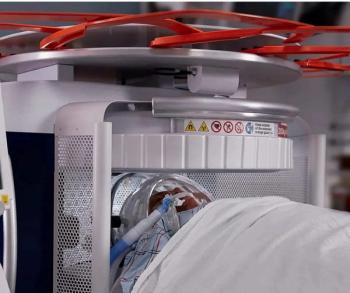
Putting the wind back in 3T
The Gulf Coast is under attack, not from Mother Nature but from a nefarious group of evil-doers. Somehow these sneaky scoundrels have gotten their hands on an electromagnetic generator that makes hurricanes, and they are using it to pelt the U.S. with one storm after the other. That’s the theory, at least, of Scott Stevens, an Idaho TV weather forecaster.
The Gulf Coast is under attack, not from Mother Nature but from a nefarious group of evil-doers. Somehow these sneaky scoundrels have gotten their hands on an electromagnetic generator that makes hurricanes, and they are using it to pelt the U.S. with one storm after the other. That's the theory, at least, of Scott Stevens, an Idaho TV weather forecaster.
Stevens is not exactly sure who is twisting the dials. Suspects include the Japanese mafia seeking to avenge the bombing of Hiroshima and the power Elite in the U.S. government (possibly driven by oil-mongers seeking to reap windfall profits from rising gas prices).
Stevens' delusion, as wacko as it may seem, illuminates a dark corner of humankind's character: the tendency to ascribe more credit or blame to technology than it deserves. We do this all the time, albeit on a lesser scale than Stevens. We've been doing it the last couple years in 3T, almost from the first moment vendors began touting this technology as the next standard for high-field imaging.
Rumors circulated early that 3T delivered lower productivity and worse resolution than 1.5T. How could this be? Many reasons, usually rooted in anecdotal evidence, were suggested.
Scans at 3T deposited so much energy that systems sometimes literally shut down as part of a safety feature, so patients could cool off. Proactive operators tried to get around the problem by reducing the number of slices or restricting the field-of-view to keep the deposited energy within acceptable bounds, but this posed interpretive problems for the diagnostician. Prolonged T1 relaxation times reduced contrast resolution when doing spin-echo acquisitions. Magnetic susceptibility and chemical shift caused other problems.
But talk to radiologists who have successfully applied 3T in their daily practices, and you hear a much different story. They use pulse sequences and coils optimized for 3T, which provide excellent images with typically the same or better throughput than 1.5T. Brain and body imaging, MR angiography, even knee studies can benefit from the use of techniques optimized for 3T. But what makes 3T really attractive are the advanced techniques that will become routine in the future, such as functional MR and MR spectroscopy.
Three-T has come as far as it has, and will soon go even further, because the technology has evolved sufficiently to support computing-intensive processing and the efficient transmission and reception of signals, and the pulse sequences that make the most of this field strength have been worked out.
Like the electromagnetic generator that creates hurricanes, this technology is only a tool. Unlike the hurricane machine, this EM generator actually exists.
Newsletter
Stay at the forefront of radiology with the Diagnostic Imaging newsletter, delivering the latest news, clinical insights, and imaging advancements for today’s radiologists.

























